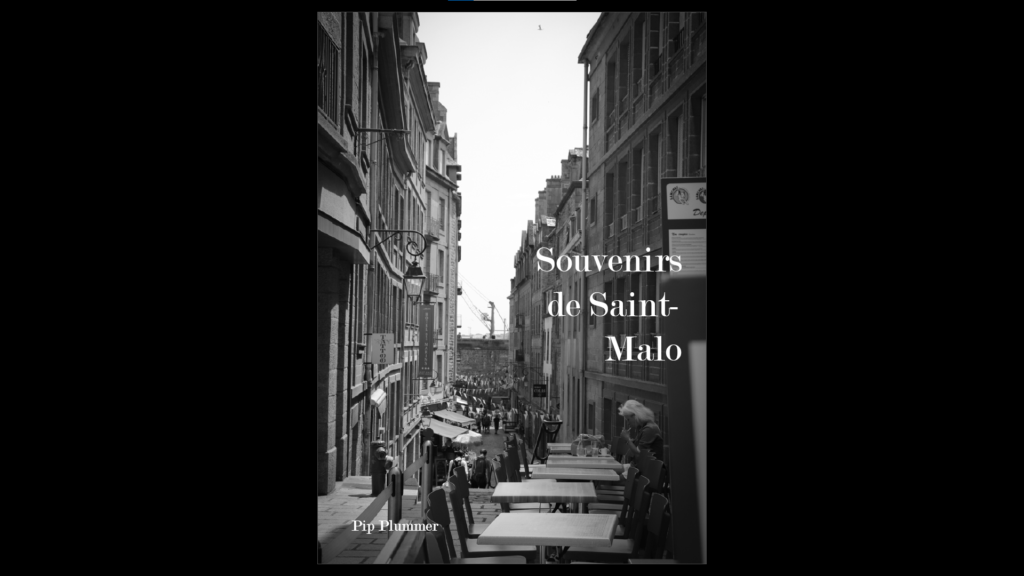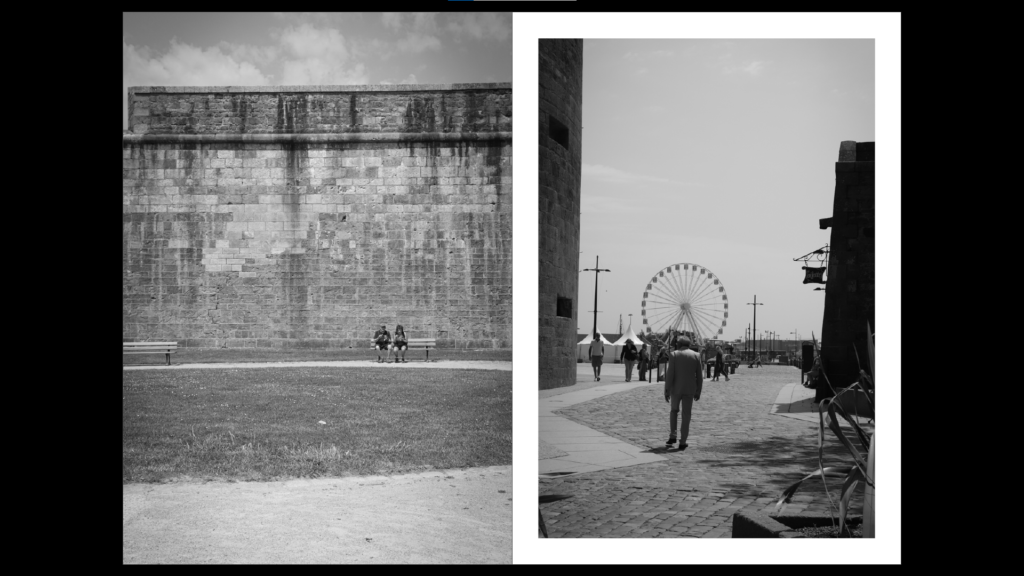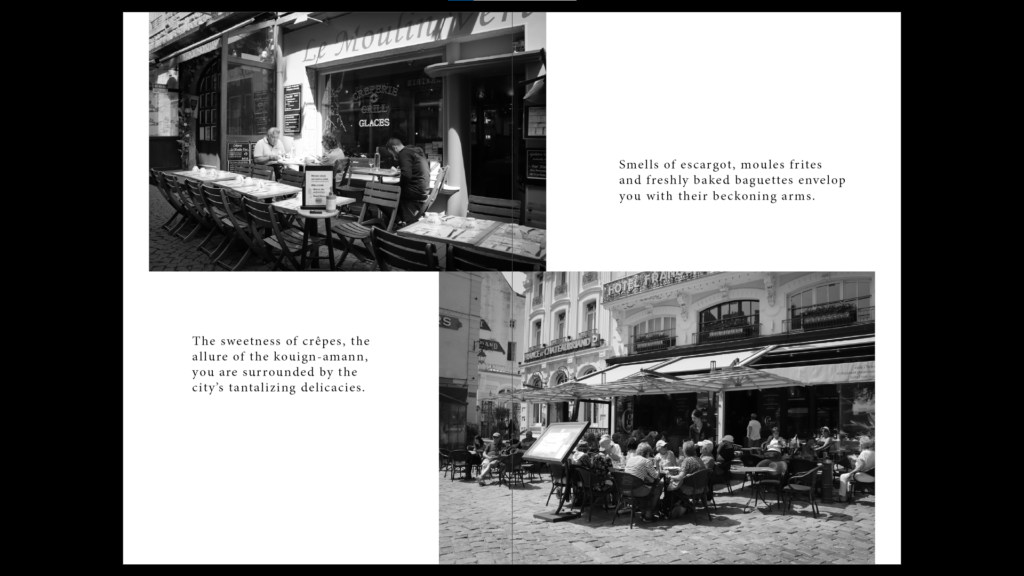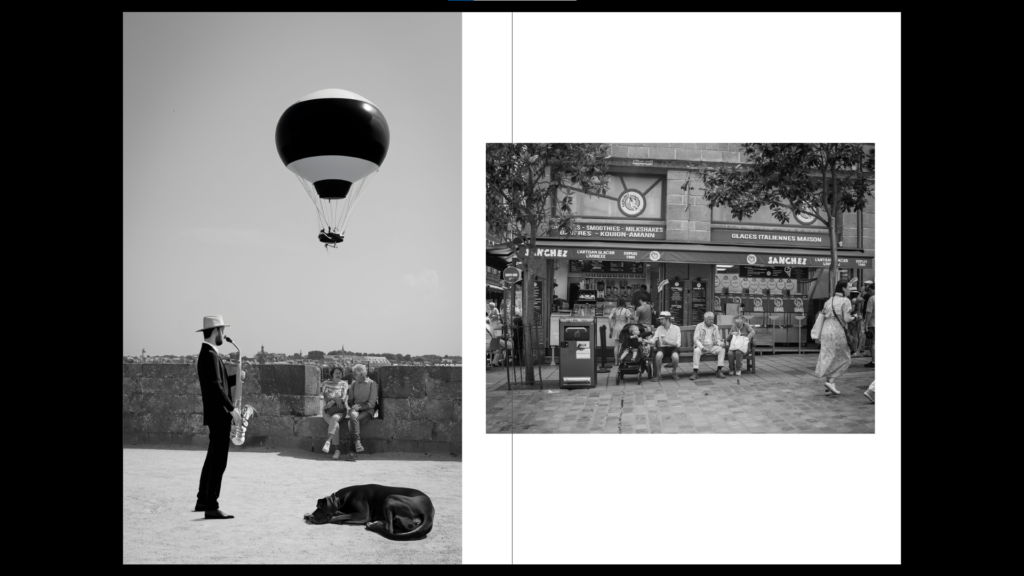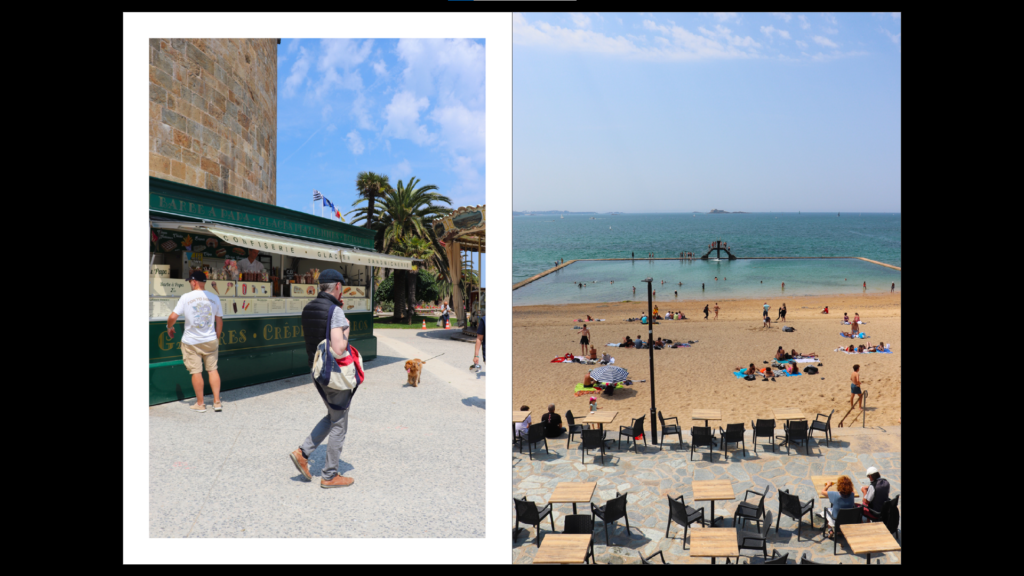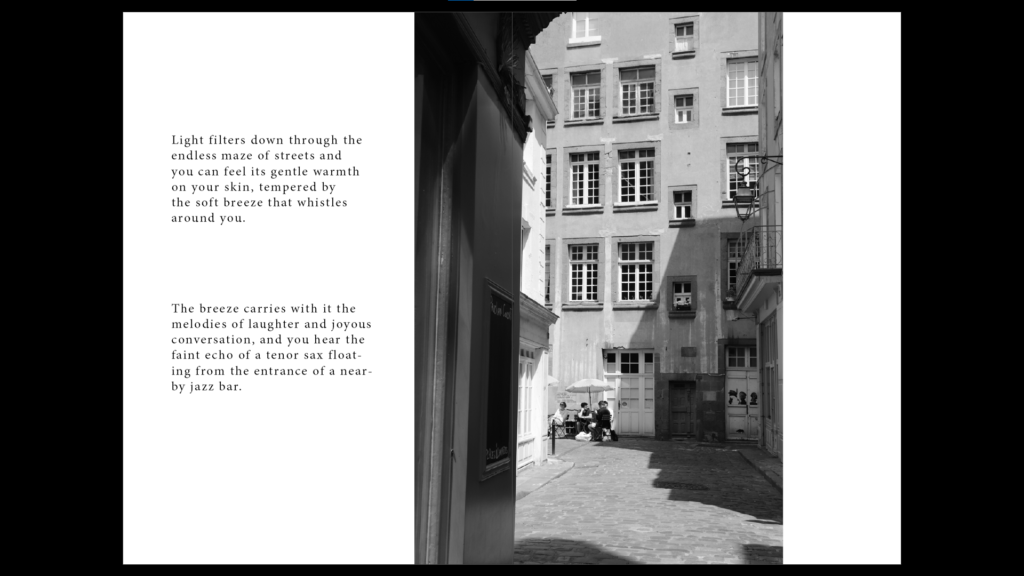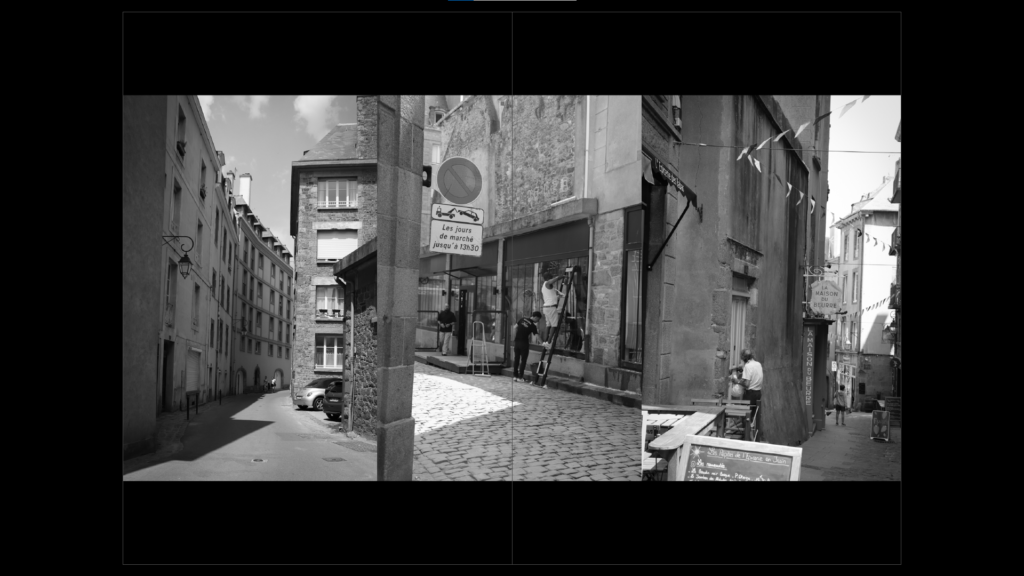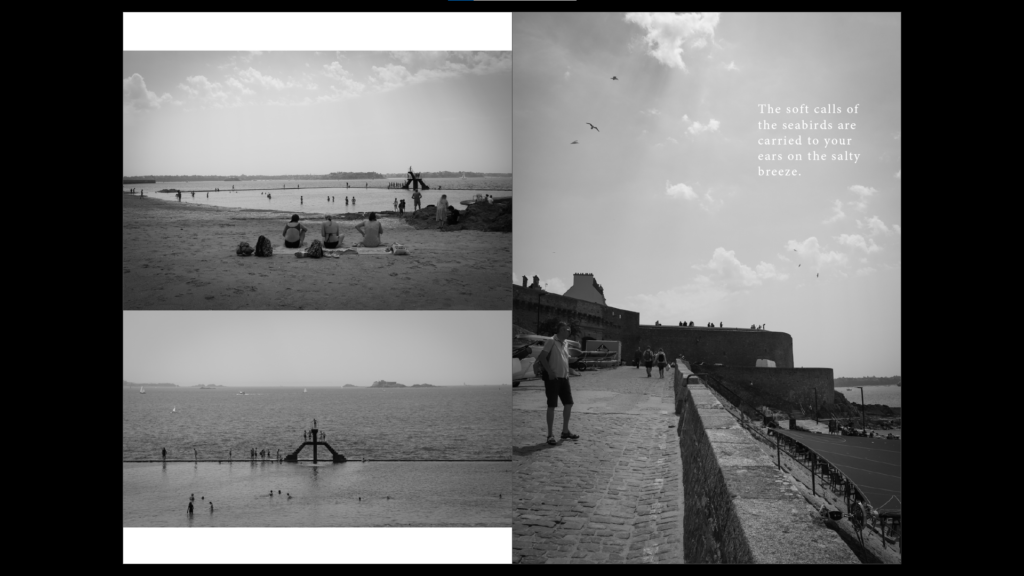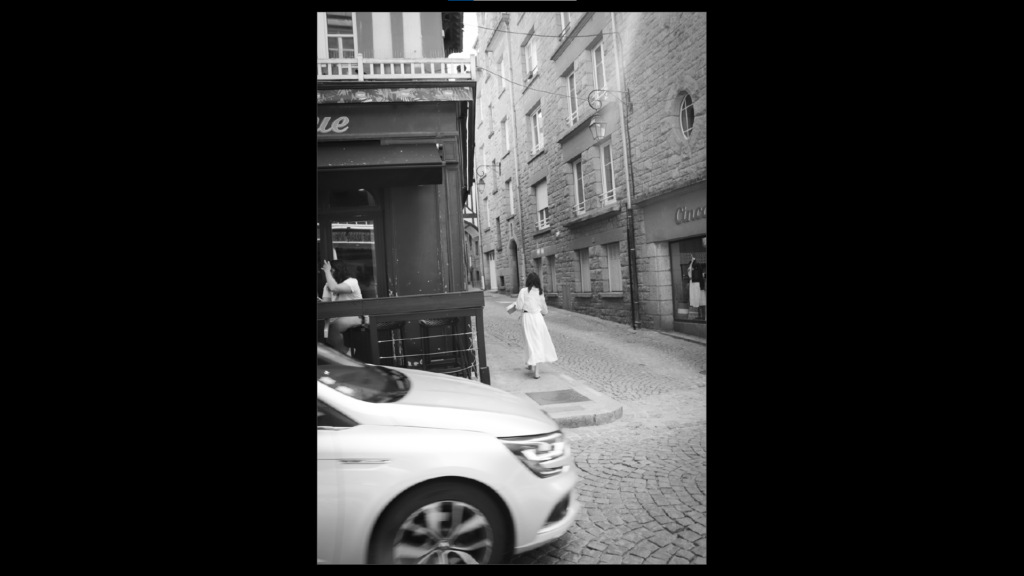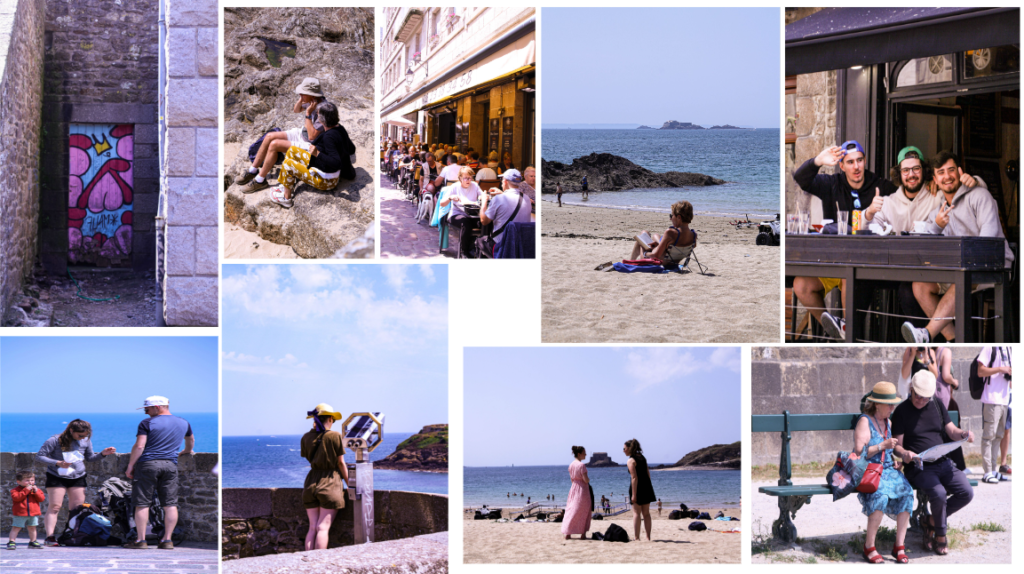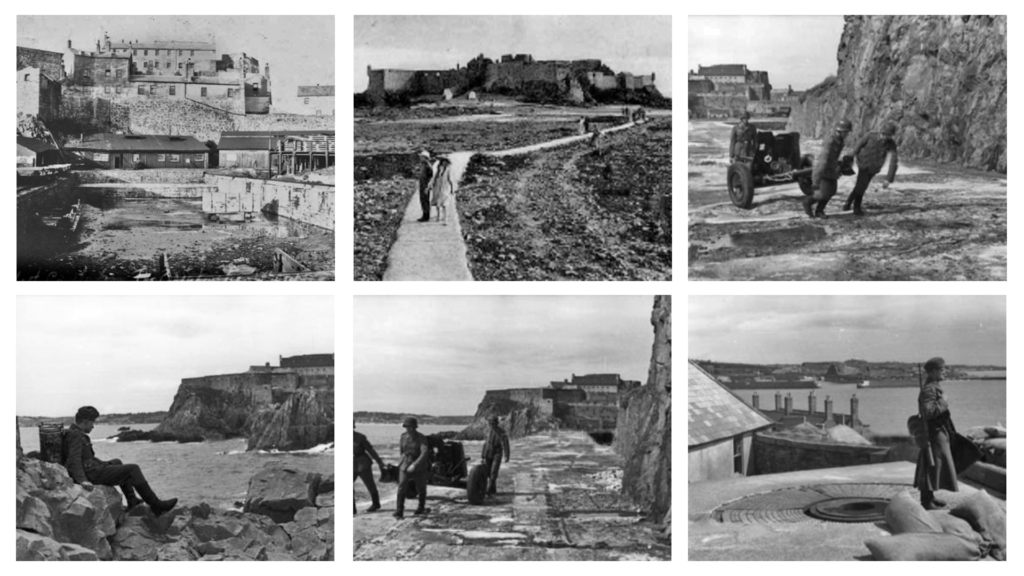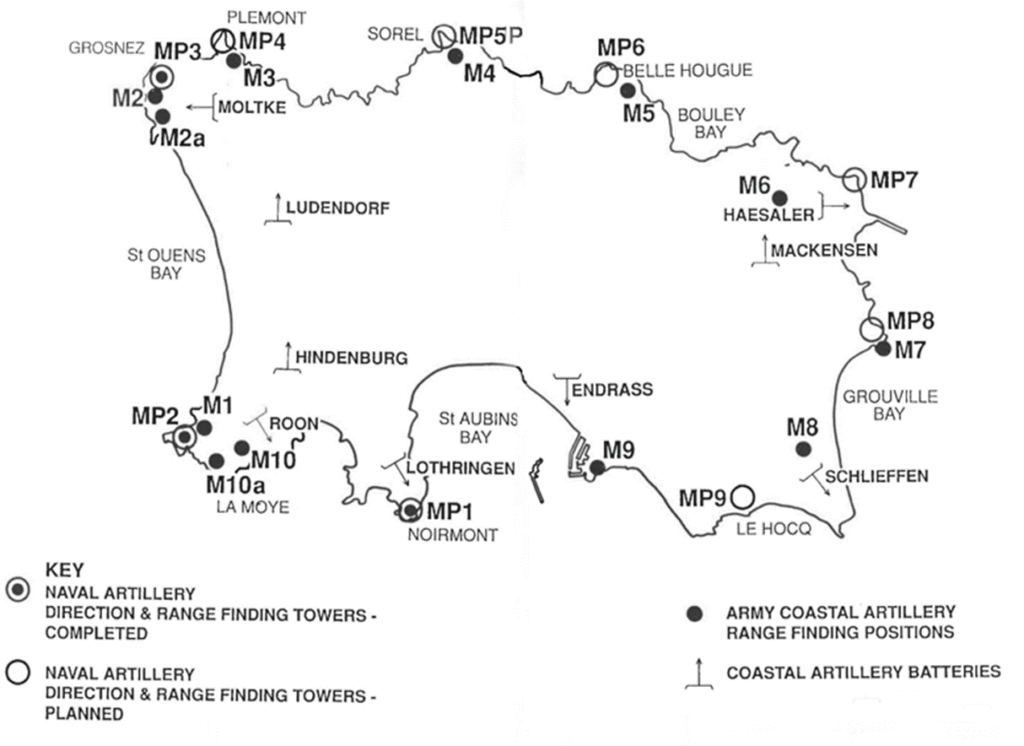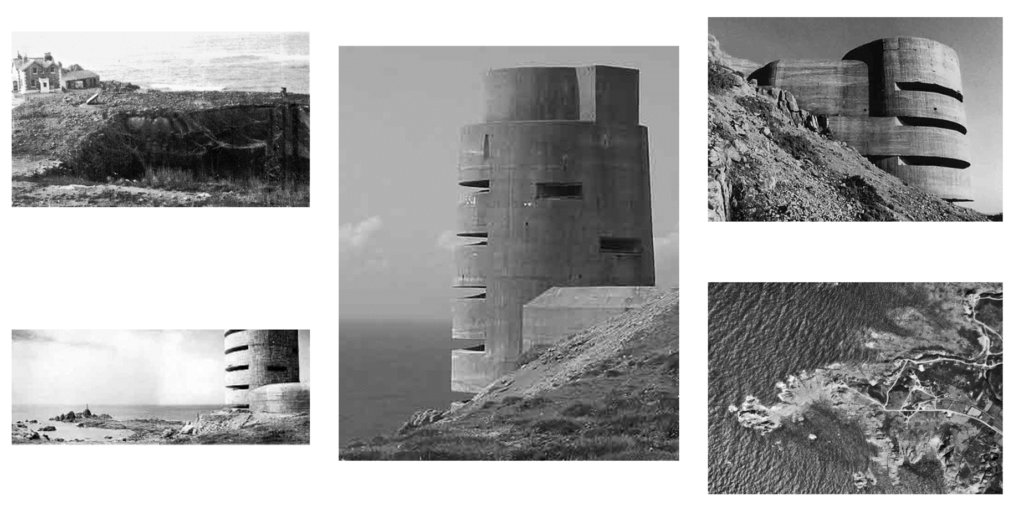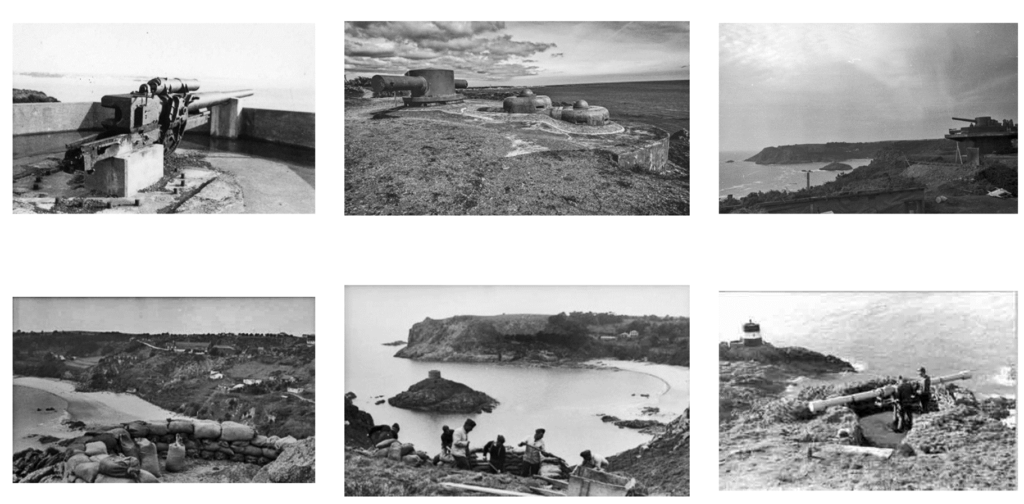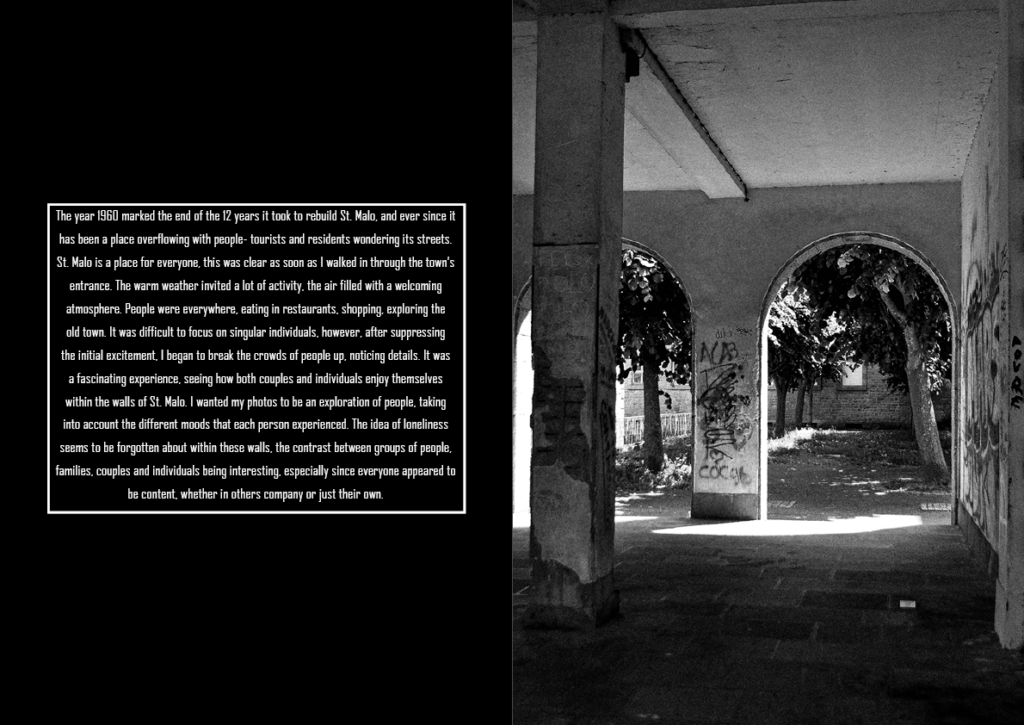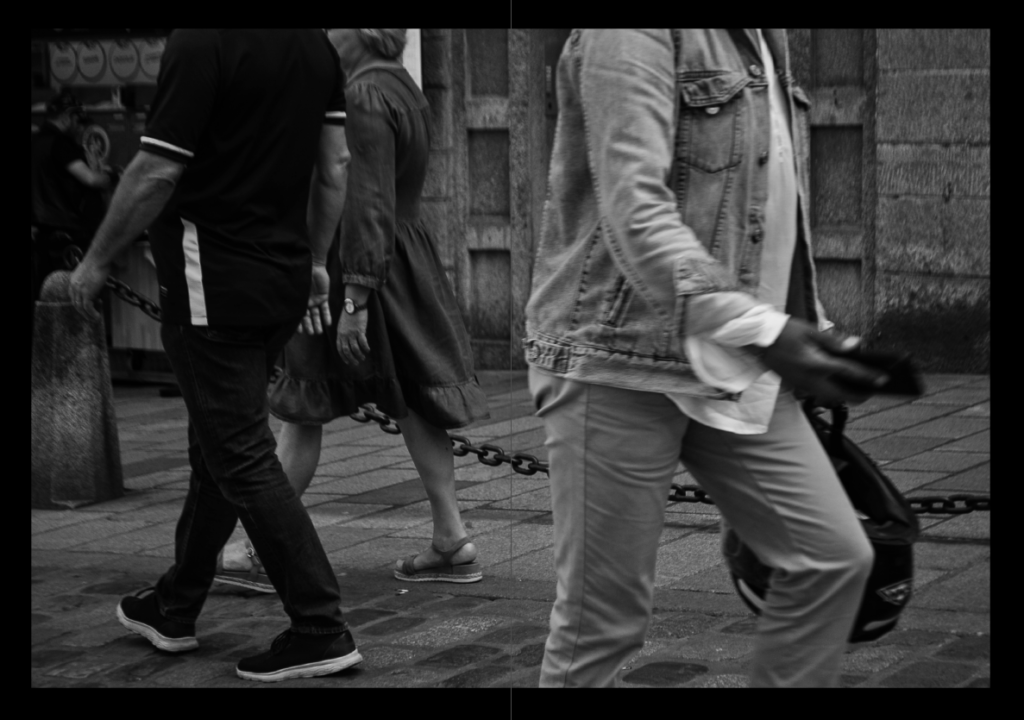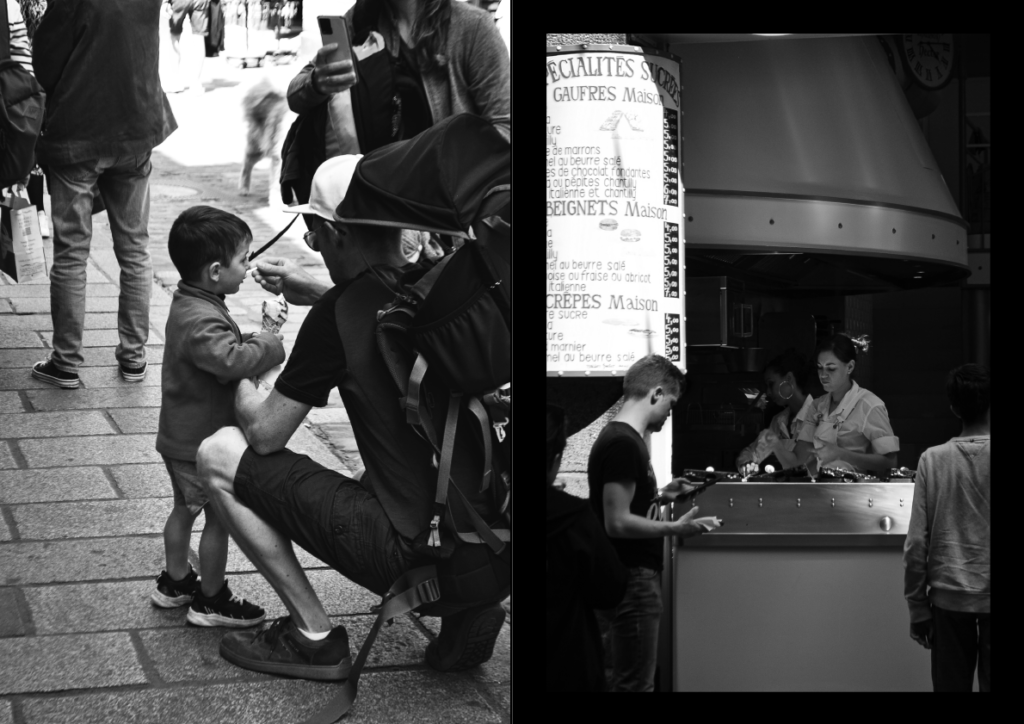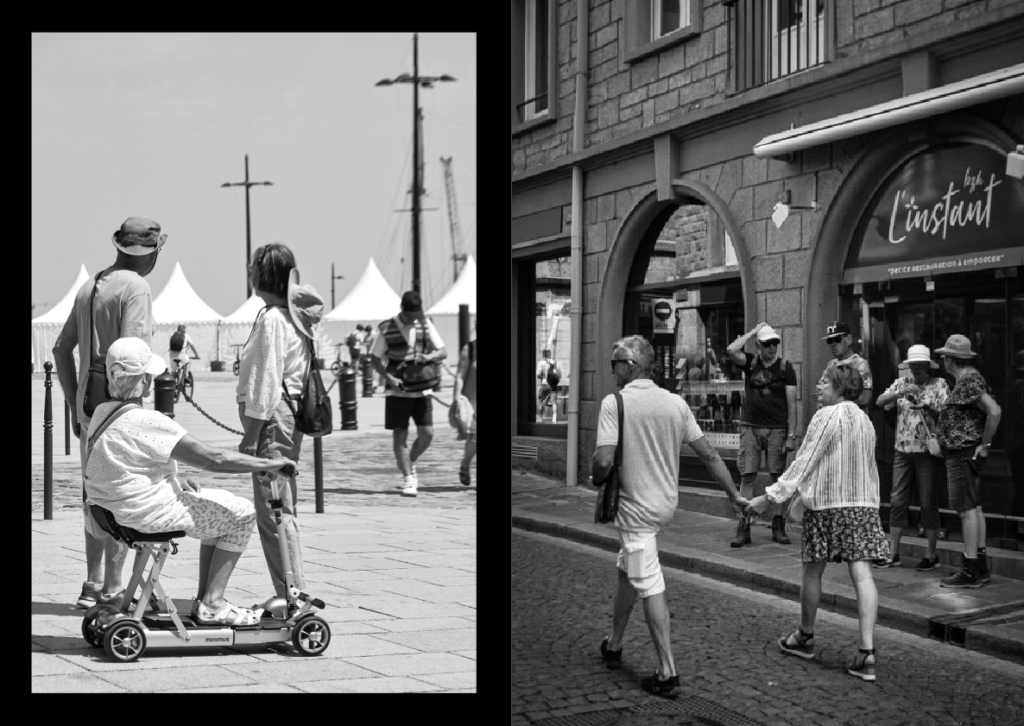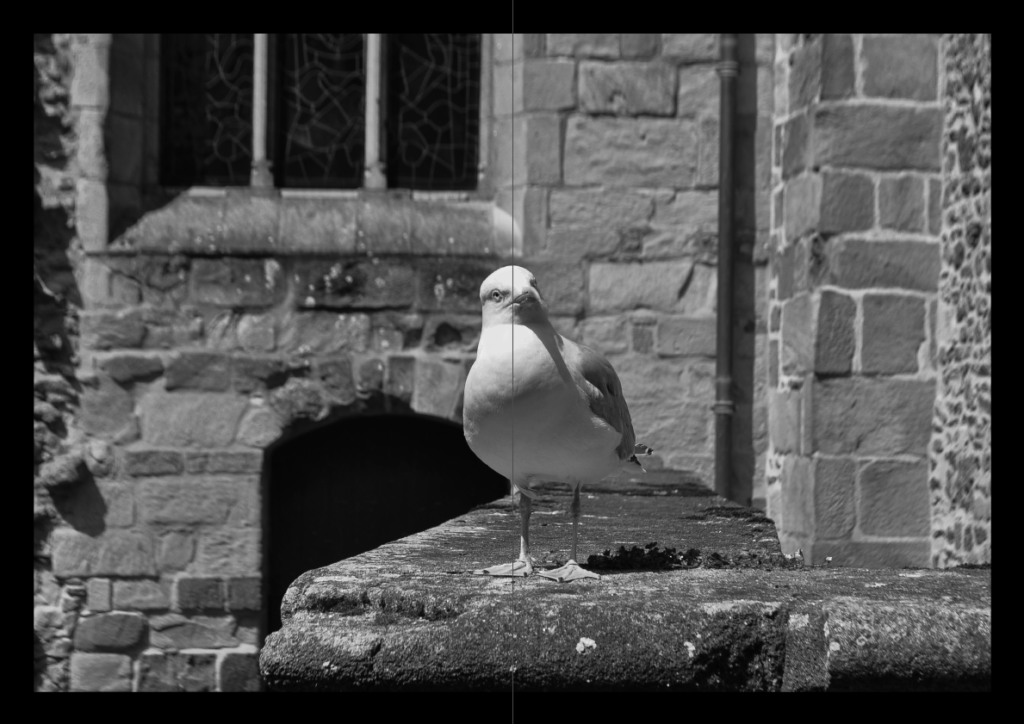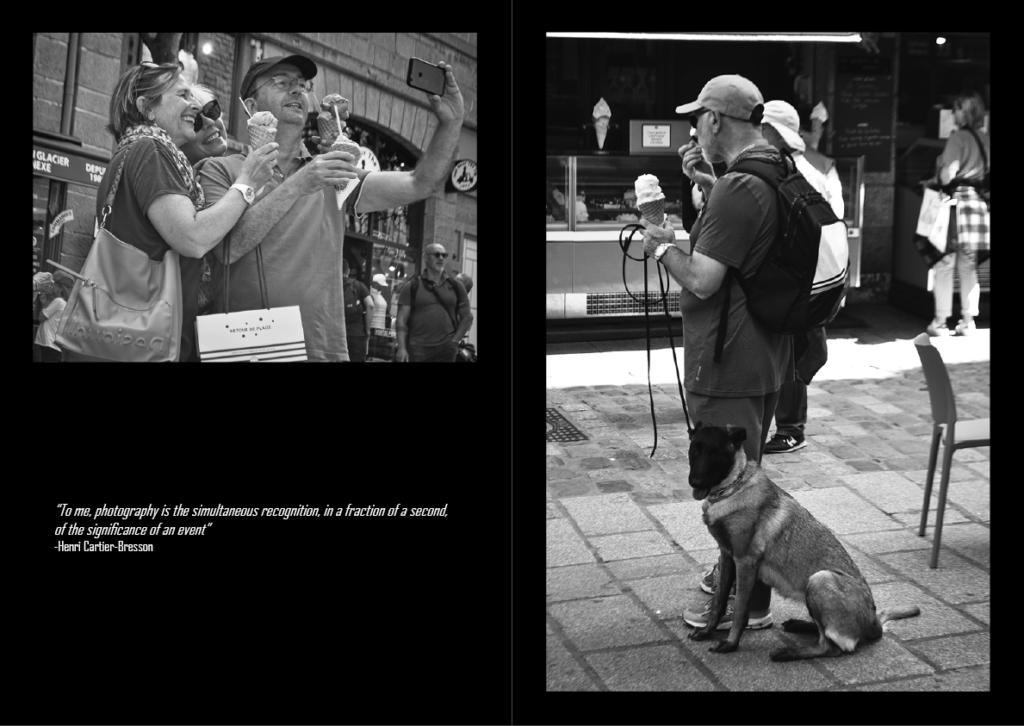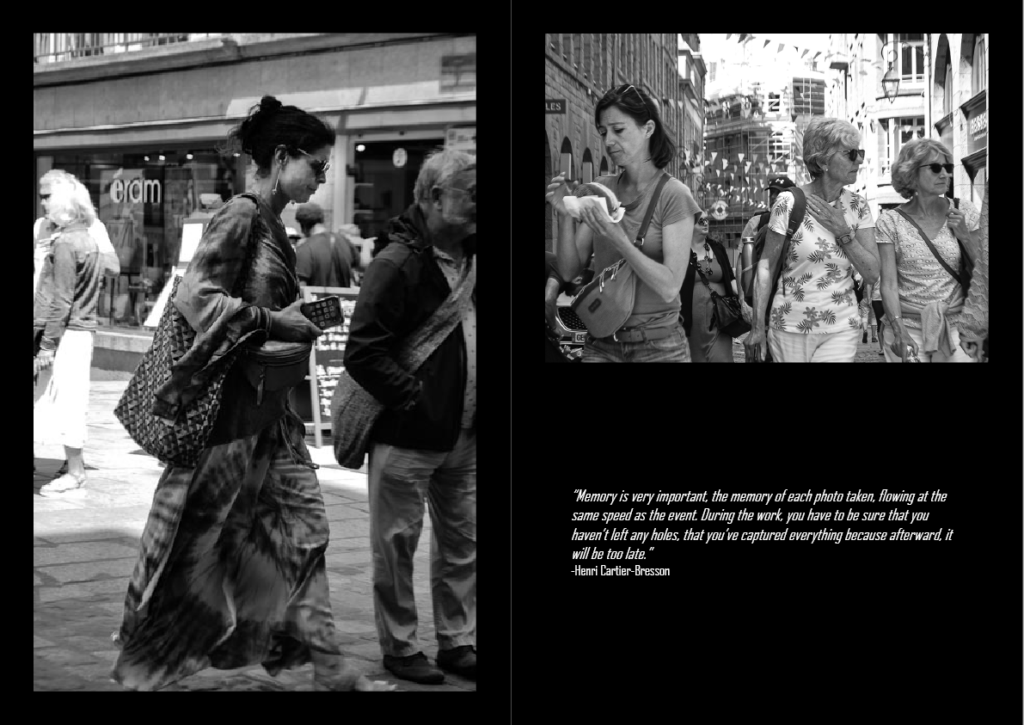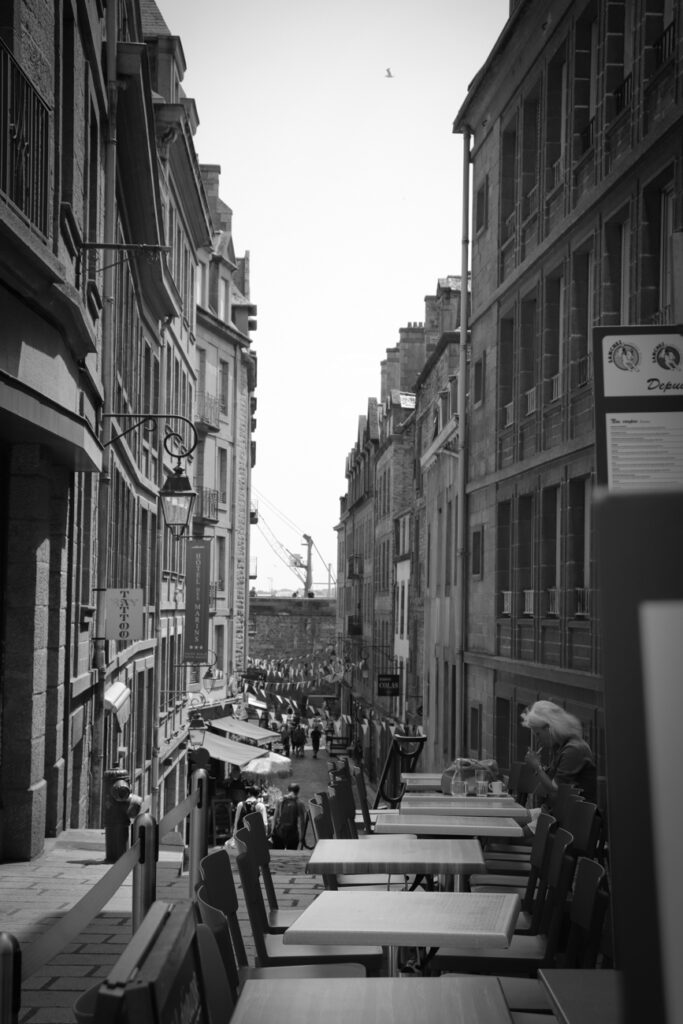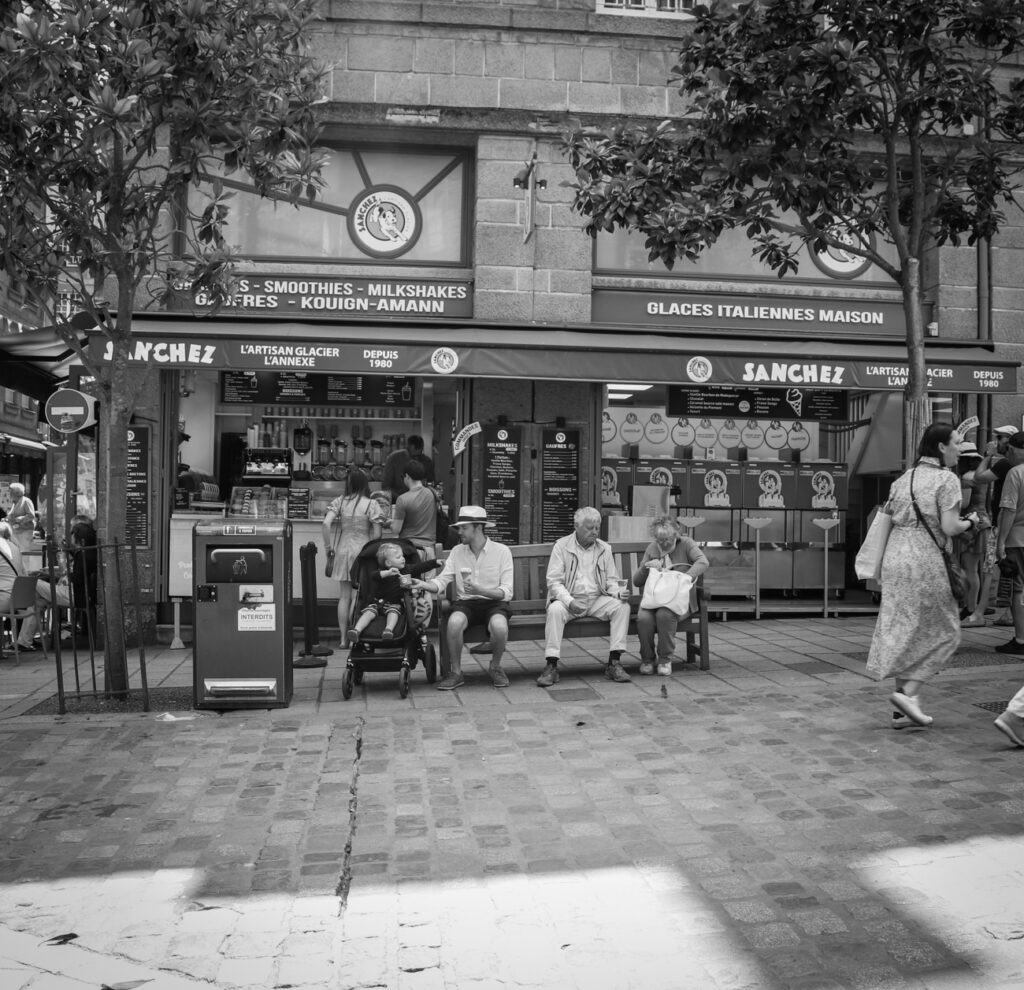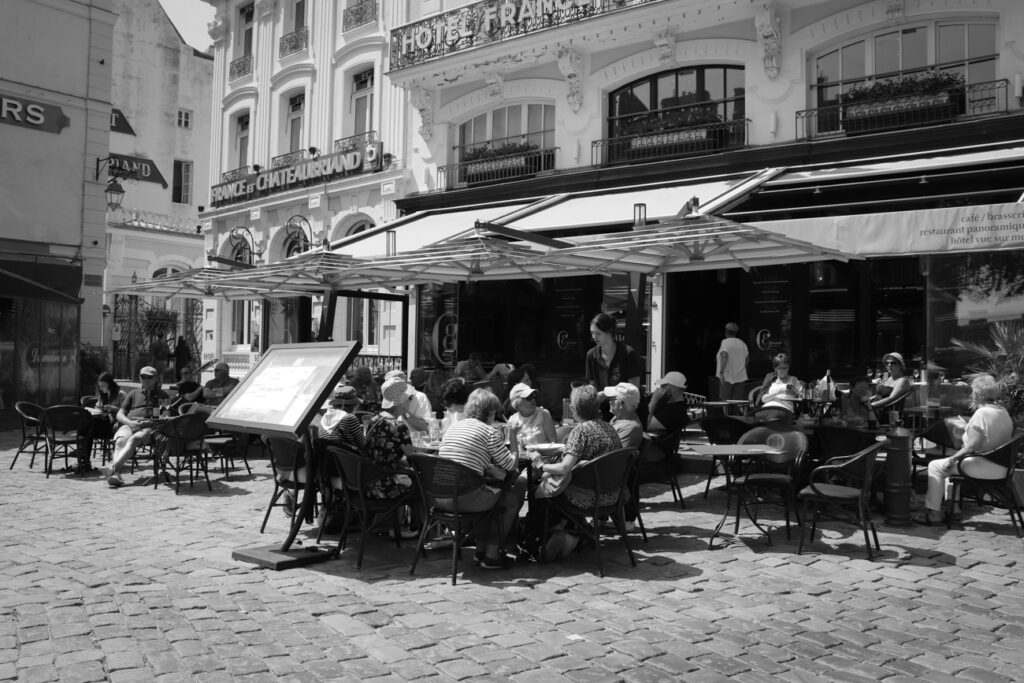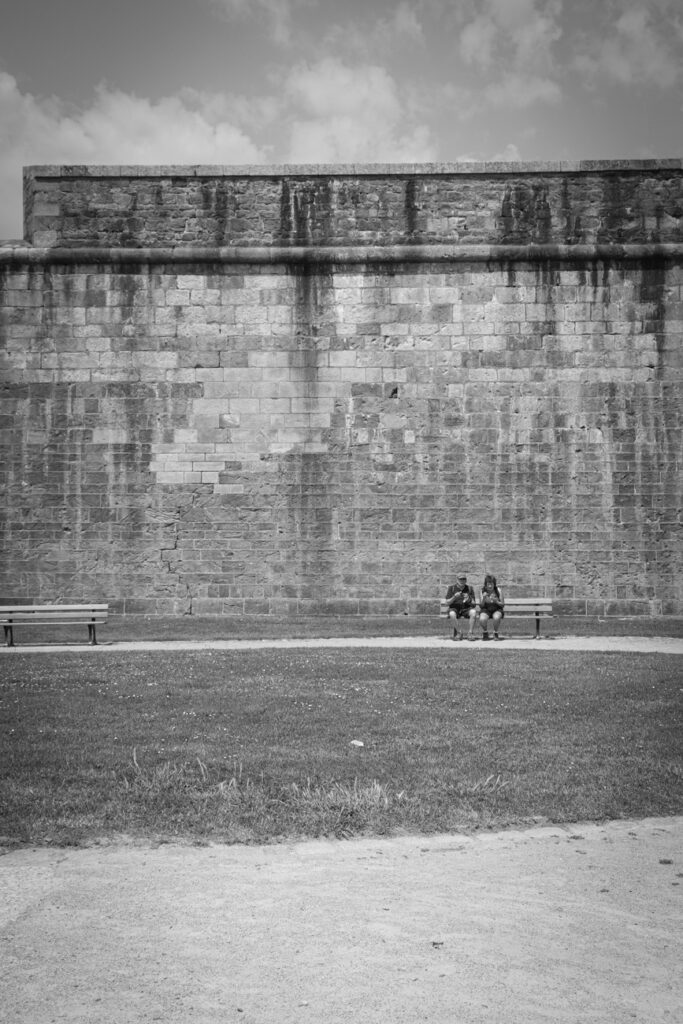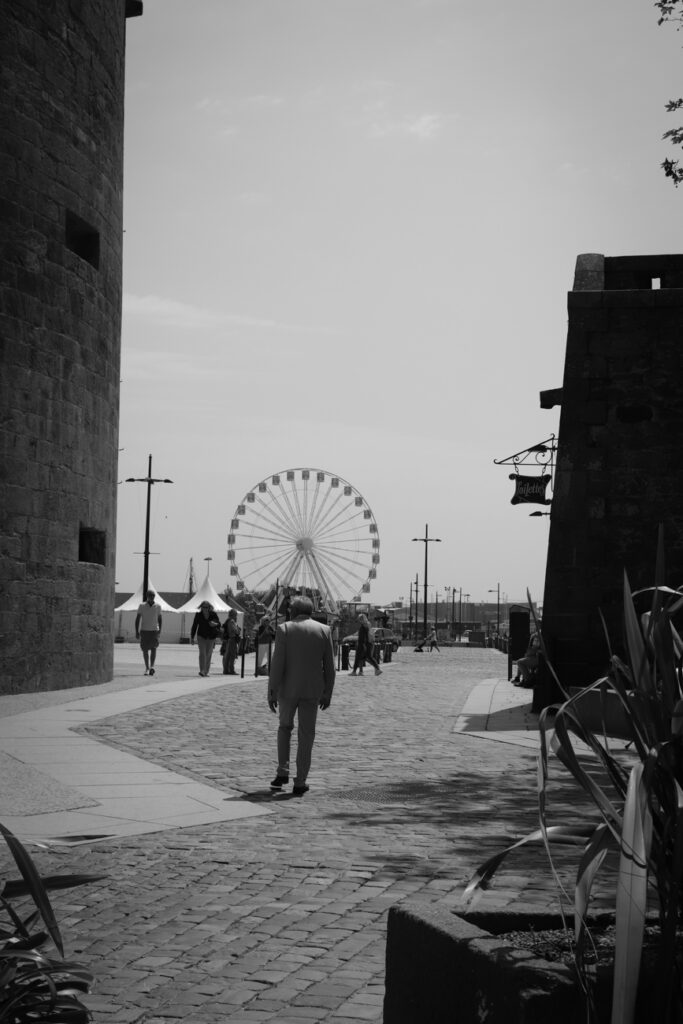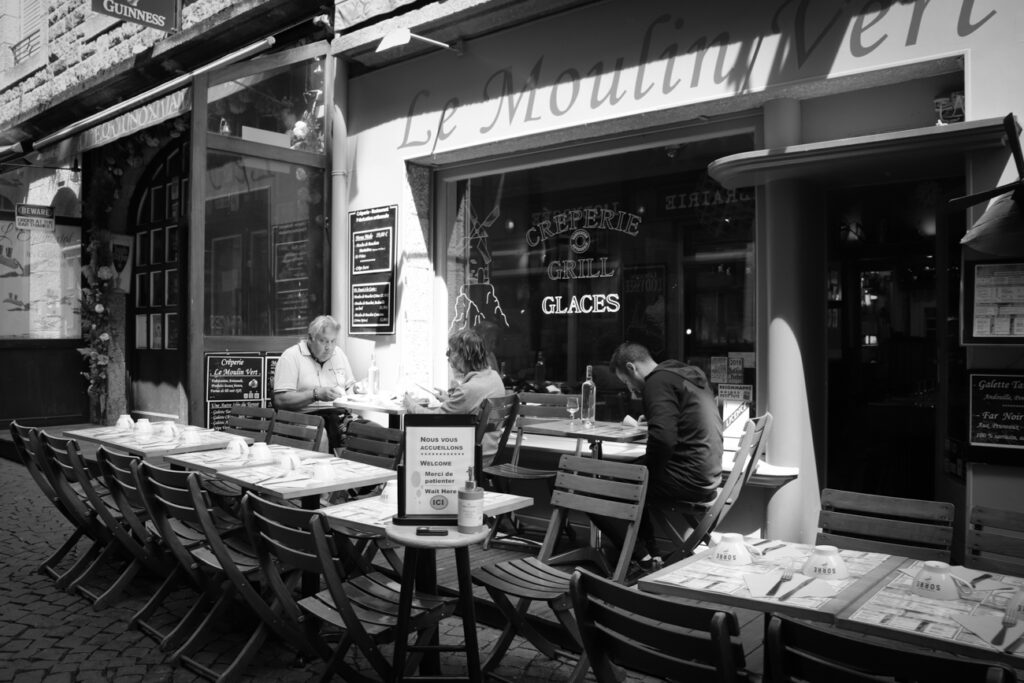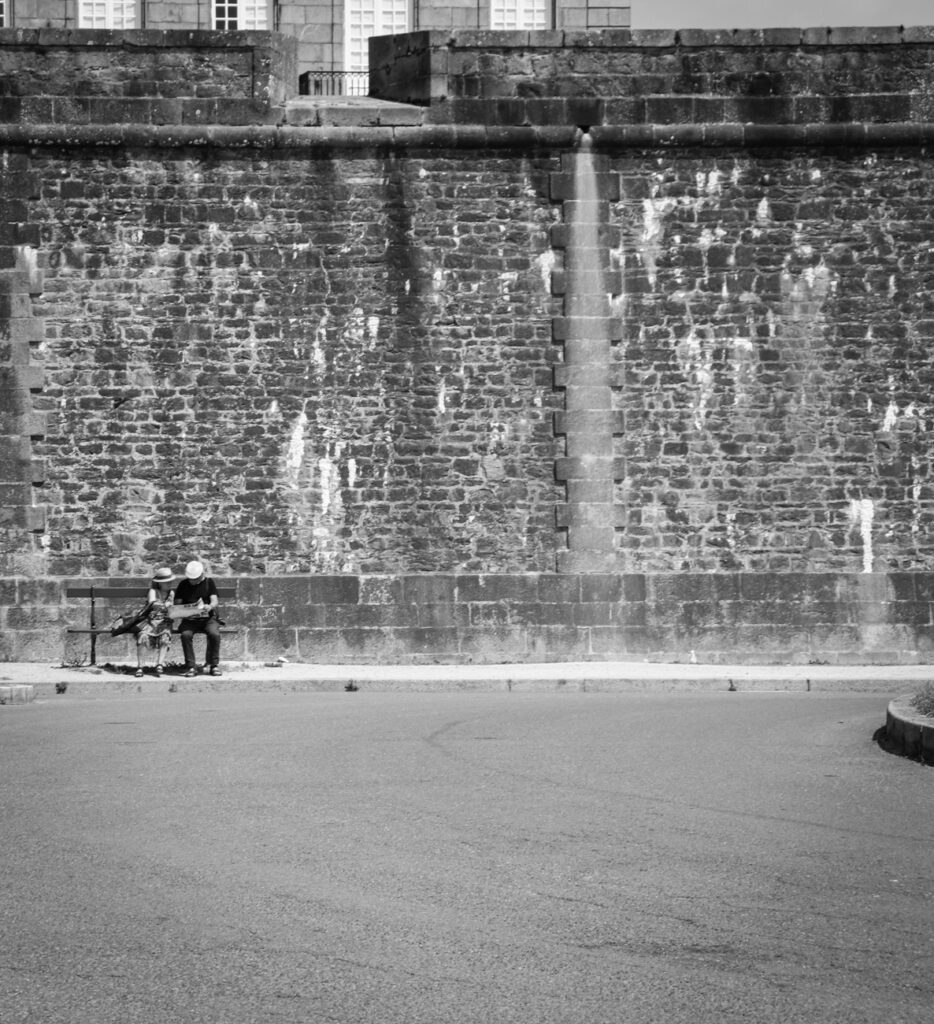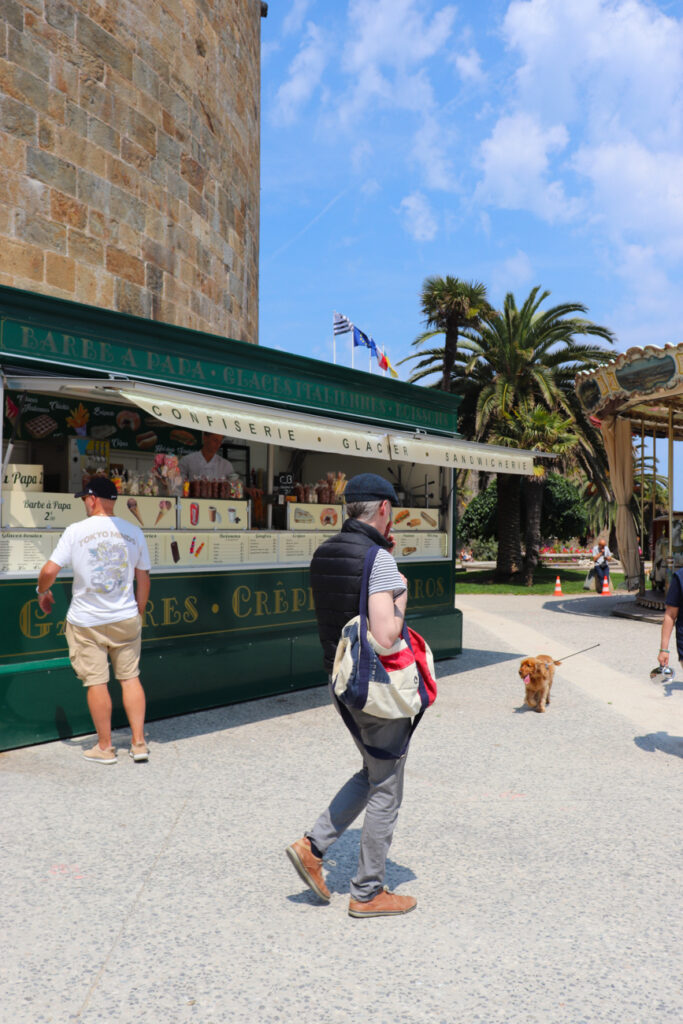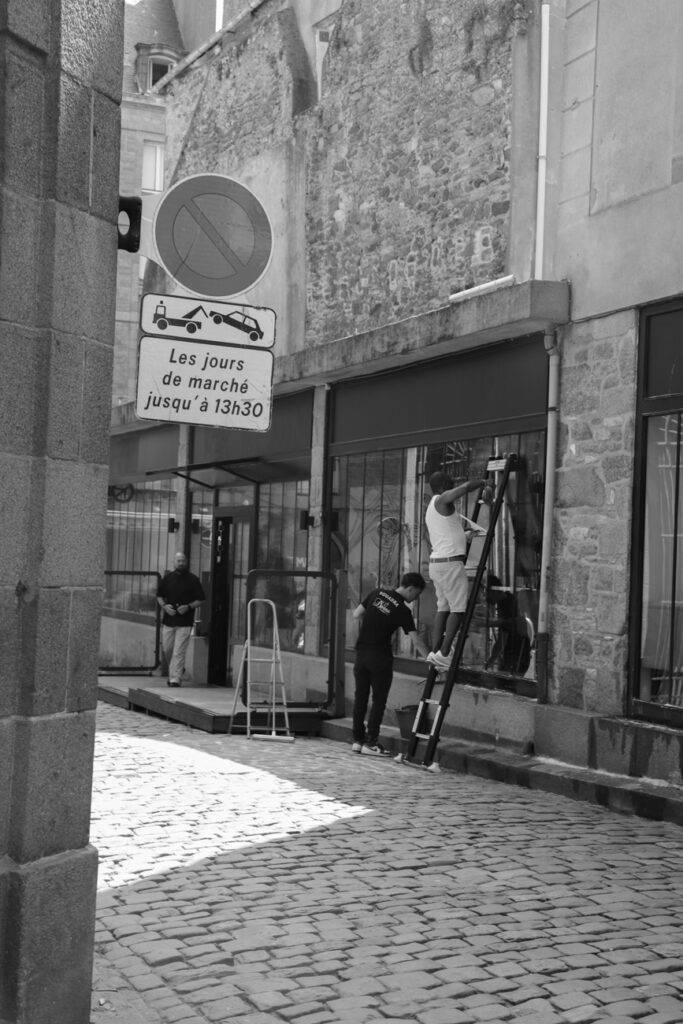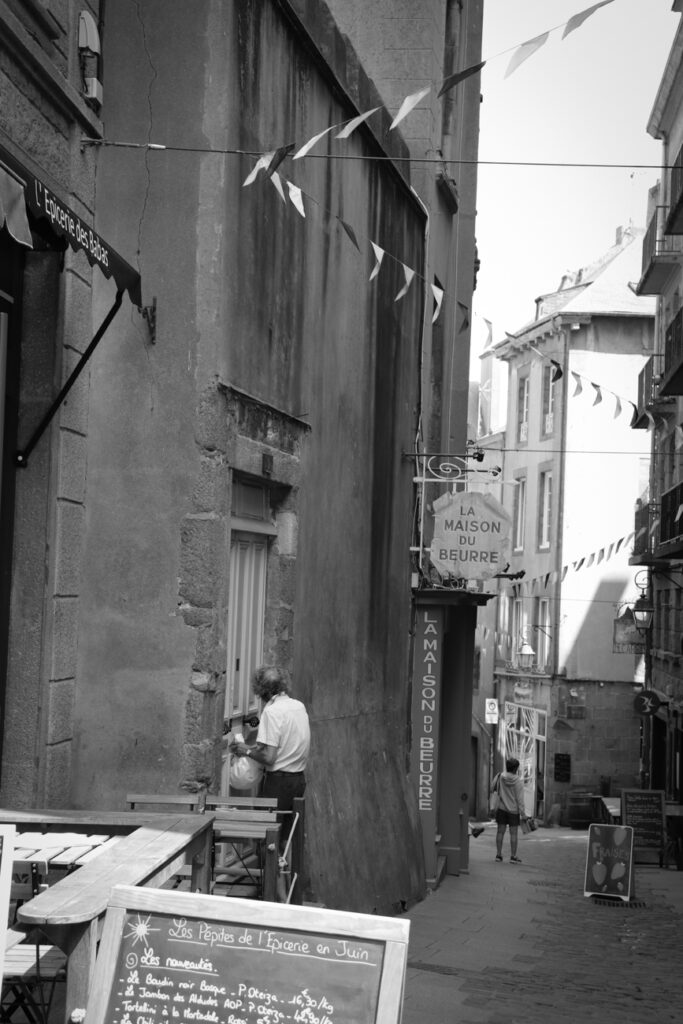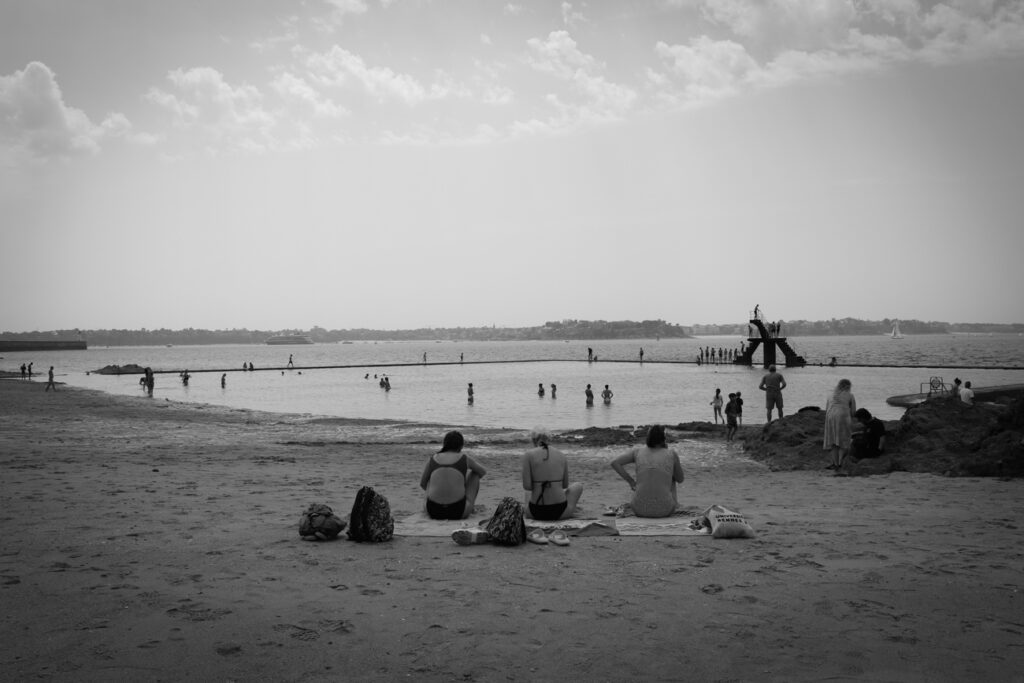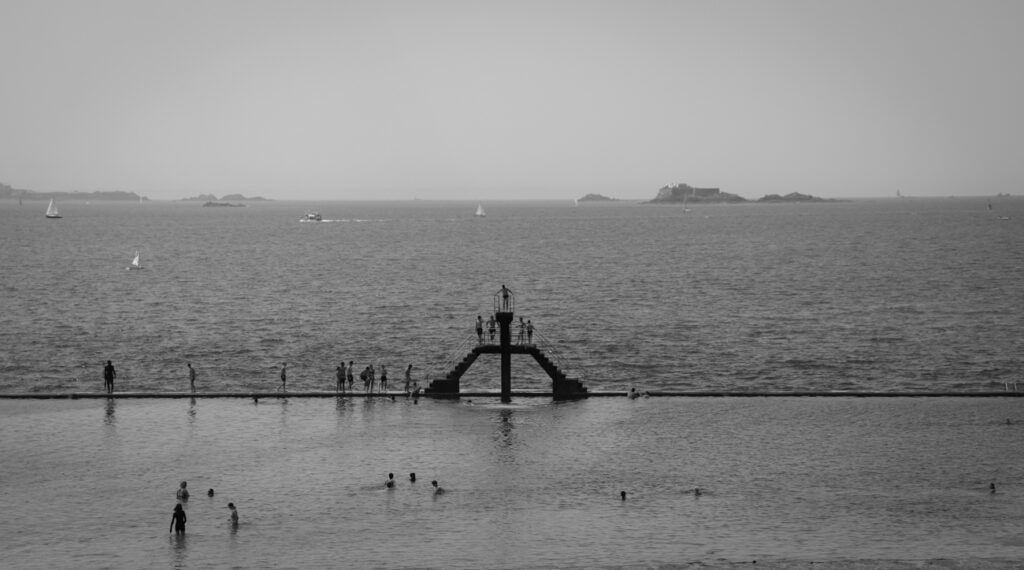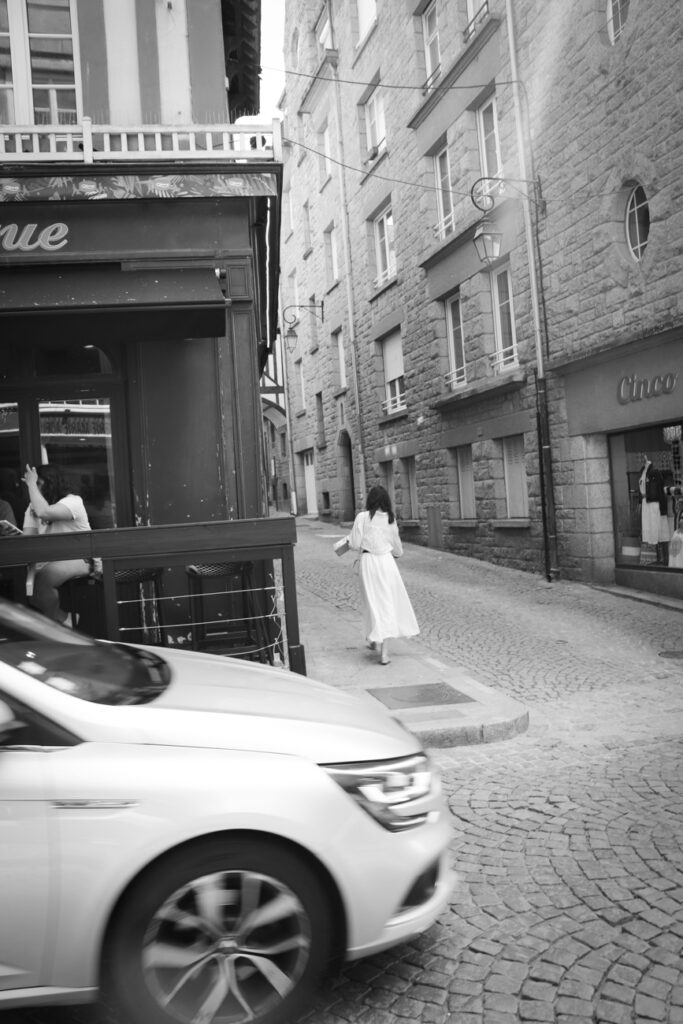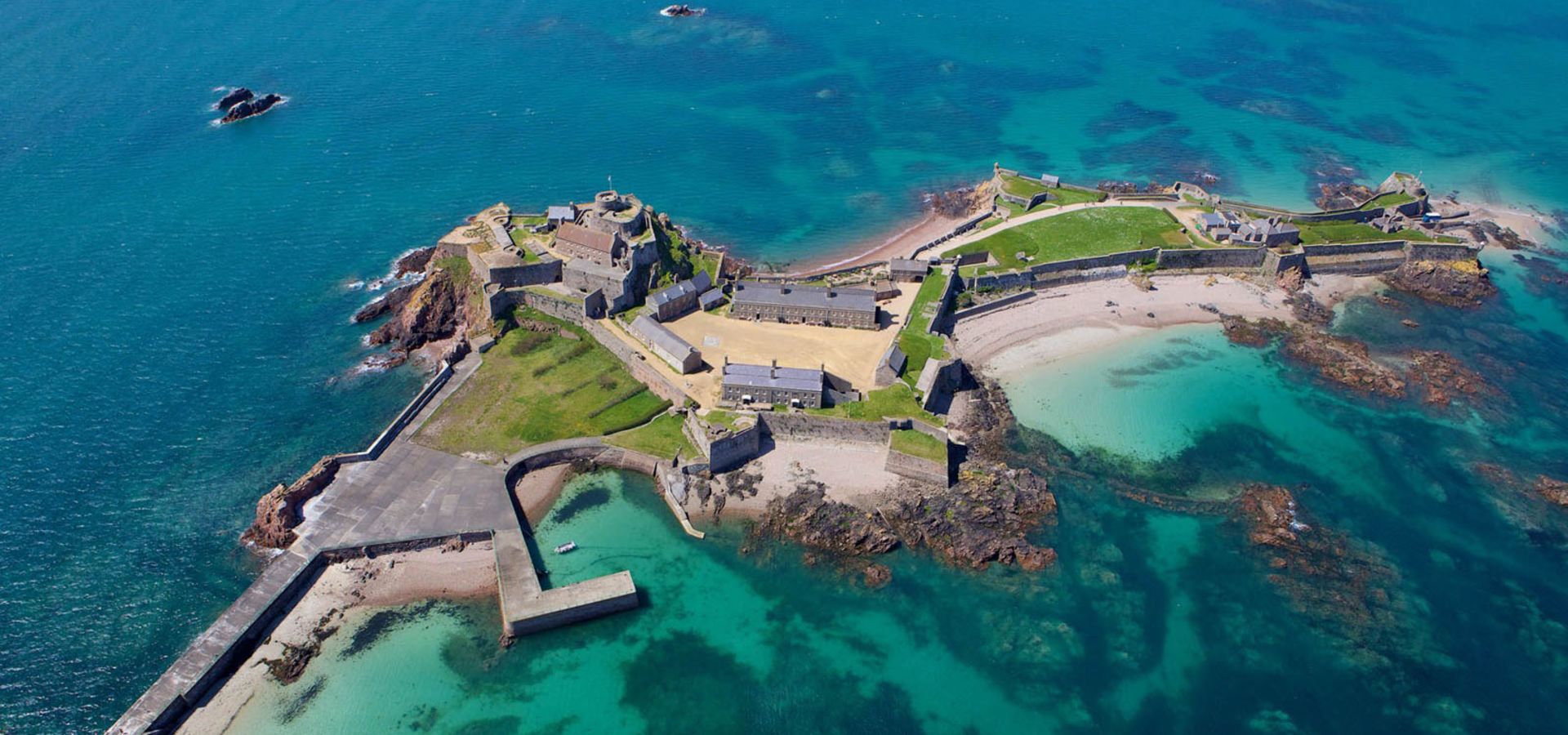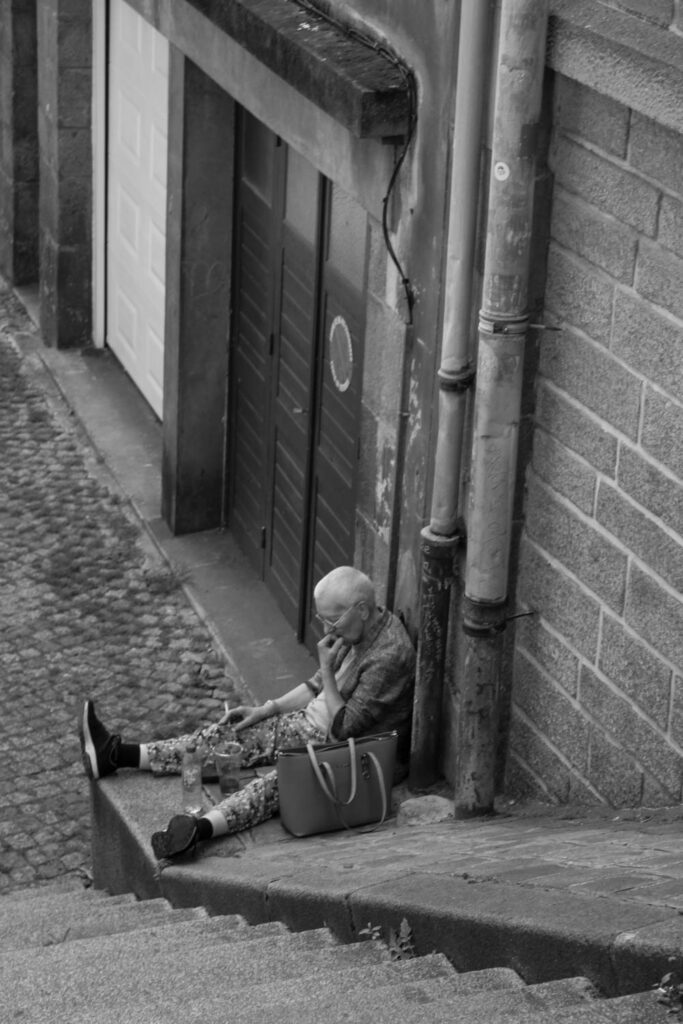Occupation
The Occupation of Jersey by German Forces during the Second World War commenced on the 1 July 1940. The Occupation was to last for nearly five years and eventually ended on the 9 May 1945 – Liberation Day.
Following the defeat of France, Winston Churchill reluctantly made the decision that British troops be withdrawn from the Channel Islands and redeployed. This left the five islands completely demilitarised. Around 25,000 occupants were evacuated to Britain. Almost all of Alderney’s residents were evacuated, along with around half the population of Guernsey and a fifth of the people from Jersey. The United Kingdom government provided ships to evacuate women, children and men who wished to join the forces when it seemed that Occupation was inevitable.
Britain suppressed the news that the islands had been demilitarised, so when Germany attacked it did so with bombings, killing 44 islanders on Jersey and Guernsey. The Nazis occupied four islands – Jersey, Guernsey, Alderney and Sark. It was the only British territory to be occupied. They would remain there until the end of the War in Europe in May 1945.
Hitler believed the Channel Islands might be a ‘stepping stone’ from which to invade Britain. They were also a useful propaganda tool – to show that the Nazis occupied British land.
German Military
The military consisted of varying numbers of troops, around 25,000 in October 1944, with an additional 15,000 Organisation Todt (OT) workers once fortification of the islands began in October 1941.

Gun Emplacements
To counter any attempted Allied assault, beaches were mined in vulnerable landing spots, anti-tank
walls of steel and concrete were built, large clifftop guns put in place, camouflaged gun emplacements installed, the walls of Elizabeth and Gorey castles reinforced, steel spikes planted in
fields where aircraft might land and a radar station established at Les Landes. In order to ferry the
vast amounts of concrete needed, a railway network was created to link with the Ronez quarries on
the north coast.

